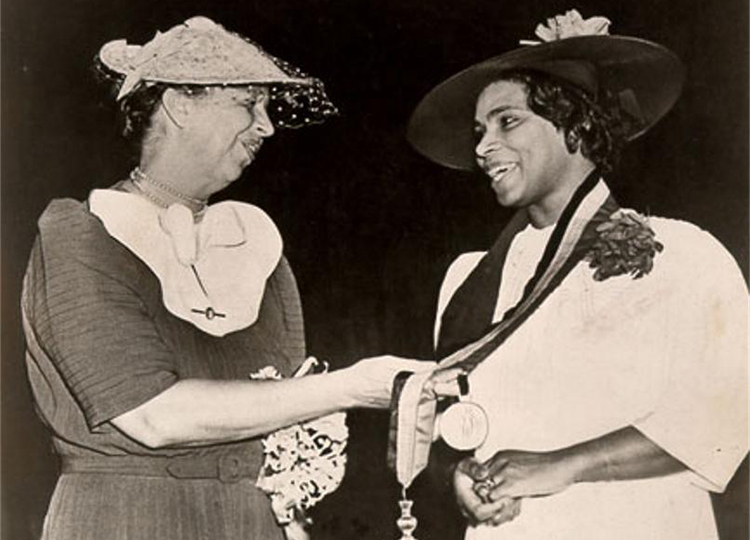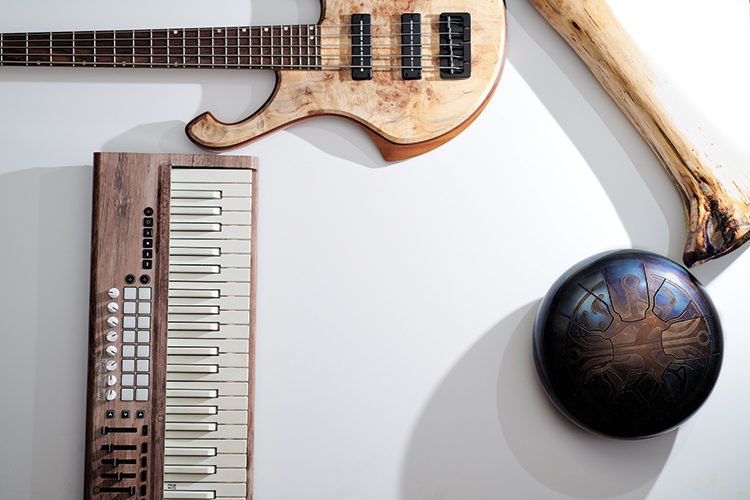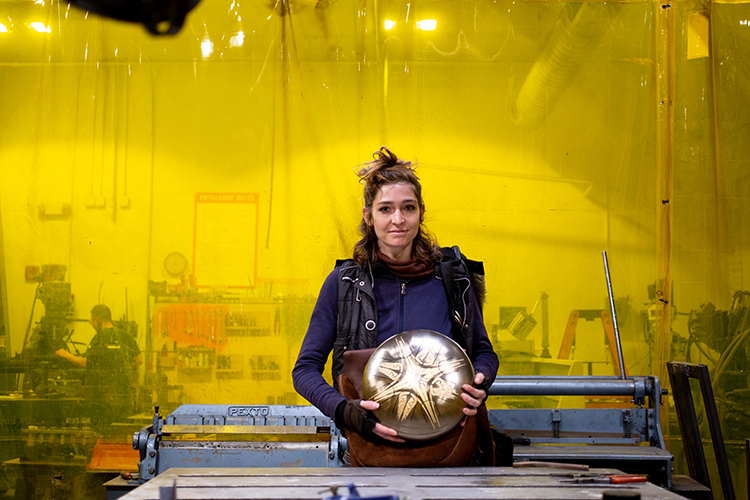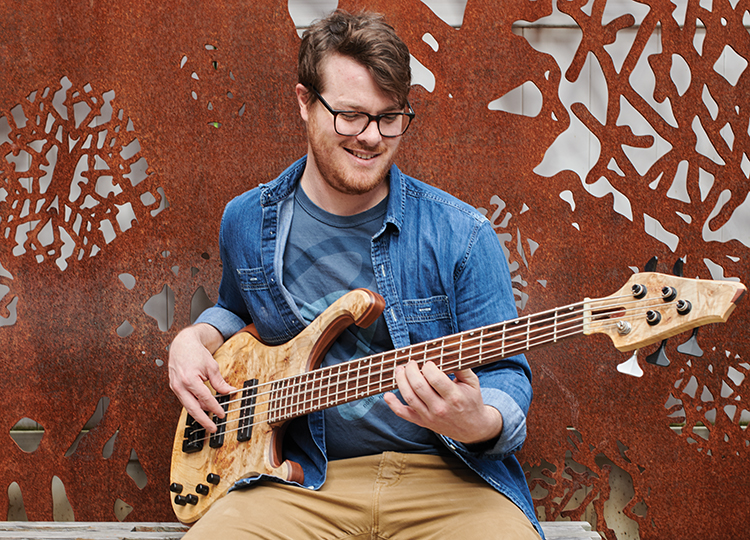Imagine you’re a pipevine swallowtail butterfly flying around the rowhouses of southwest Philadelphia.
You look like a swatch of velvet. On top, your wings are black toward the front and an iridescent electric blue towards the back; underneath, they flash an array of bright orange spots as a warning to predators. You hatched at Bartram’s Garden, grew as a caterpillar on a Dutchman’s pipe vine and retained the plant’s toxins in your flesh after you ate its deep green leaves.
As you flit around Philadelphia, you might find some flowers to drink from (and, in the process, pollinate) in a garden or vacant lot, but if you’re a female looking to lay eggs, you’re going to have a hard time doing so outside the park where you were born.
Finding plants like Virginia snakeroot and Dutchman’s pipe is a tough task. Your human neighbors grow many plants but most are exotic—nothing you evolved to eat. Your host plants grow at the John Heinz National Wildlife Refuge, three-and-a-half miles from Bartram’s Garden, but that’s a marathon journey for a butterfly.
It’d certainly be helpful if, instead, they were just a few flutters away.
Many insects depend on specific plant species. This is true for the monarch butterfly, whose larvae eat milkweed, and for a myriad of less-famous critters, such as the dogbane leaf beetle, which depends on dogbane. If you want to support native bugs, you need to support native plants.
Our pipevine swallowtail roleplay illustrates one of the challenges that native species face as a result of urbanization.
Good habitats, which in pre-Columbian days would have been easy to find, are often few and far between today. Hidden islands in a sea of streets, lawns and buildings, this habitat isolation limits the prospects of creatures looking to spread out and leaves secluded insect populations living on those islands vulnerable to local extinction. If a storm in one area hits a Dutchman’s pipe vine plant, wiping out that year’s caterpillars, even if the vine regrows next year, there may not be enough butterflies to lay eggs.
What these habitat islands, and the species in them, could use is some kind of bridge that connects them to the other islands.
Cue the John Heinz National Wildlife Refuge, operated by the U.S. Fish and Wildlife Service (FWS). The refuge is located in the southwest corner of Philadelphia, and although the people who live around the area are racially diverse, the site’s visitors are mostly white.
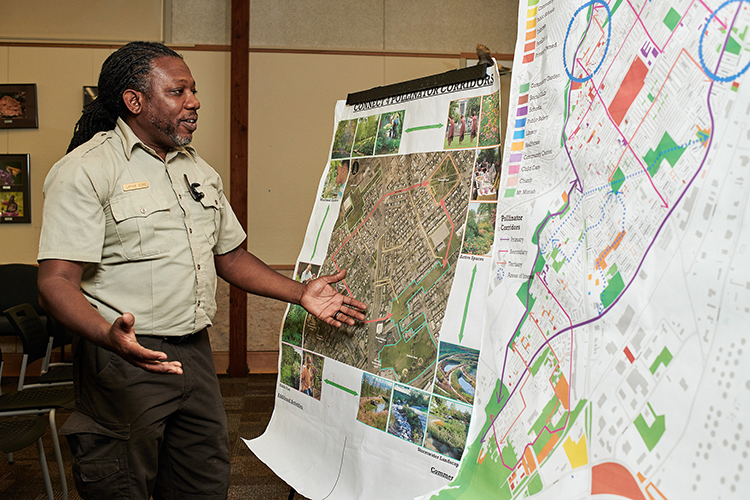
“The Fish and Wildlife Service is a conservation-based agency that historically has kind of left people out,” explains refuge manager Lamar Gore.
In 2011, Gore took part in overhauling the service’s approach to urban communities.
“One of the things that was birthed out of that process was the urban refuge program: reaching out to people in urban spaces, to people with black and brown faces,” Gore says. “We hadn’t reached out to people in those groups. We were assigned to develop a plan how to ‘do urban’ in Philadelphia.”
Part of how the refuge is ‘doing urban’ is extending nature out into the community as it invites the community in. Working with Kim Douglas, director of the landscape architecture program at Jefferson University, the John Heinz staff has developed a strategy of listening to what community members want and coming up with restoration projects that meet the needs of both human and pollinator neighbors.
“Our goal is for everyone in Philadelphia to have nature at their back door,” says Douglas, pointing to a planned restoration project in a lot at the corner of Cecil Street and Kingsessing Avenue.
Community members have been growing vegetables there, but the project, designed by Jefferson students in collaboration with neighbors, will add space for events and for play—and will also incorporate native plantings paid for by the refuge.
Ramona Rousseau-Reid, vice president of Eastwick Friends and Neighbors Coalition, has been scouting additional spaces that could be beautified with native plantings, starting with a grassy, undeveloped space behind a row of houses in her neighborhood.
“It could be more practical for people to enjoy,” Rousseau-Reid says. “More than just a place to walk your dog.”
The backbone of this extension of nature into the community is a pollinator corridor, a strip of land planted with native plants that will stretch from John Heinz to the Philadelphia Zoo. The first section will connect Bartram’s Garden and the refuge, piggybacking off the development of a protected bike lane. Gore says that the leg of the project along Lindbergh Boulevard up to to Bartram’s Garden will commence first.
“We’re helping a community recreate green spaces that disappeared a long time ago,” says Gore.
He says these spaces bring peace to people. It’s a piece of feedback he hears almost every single day.


